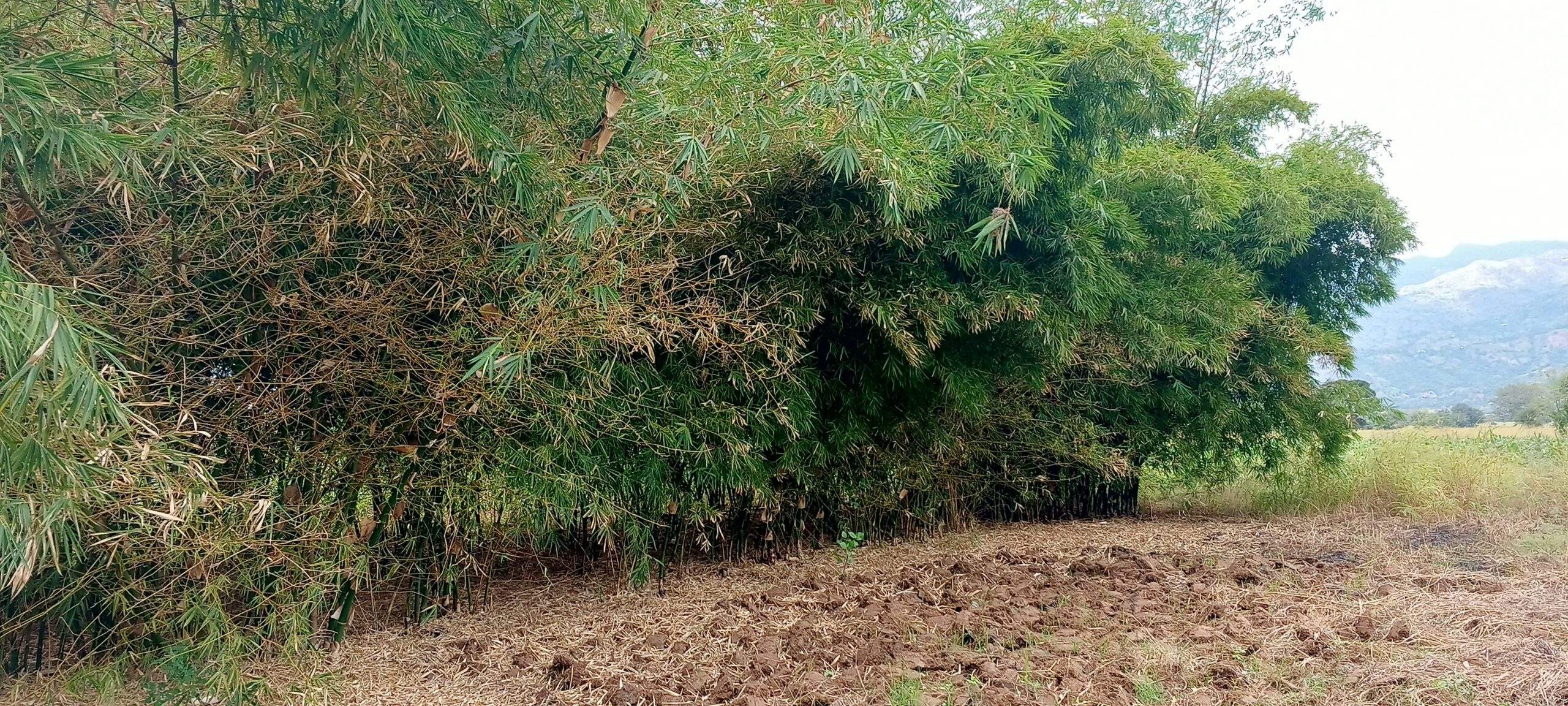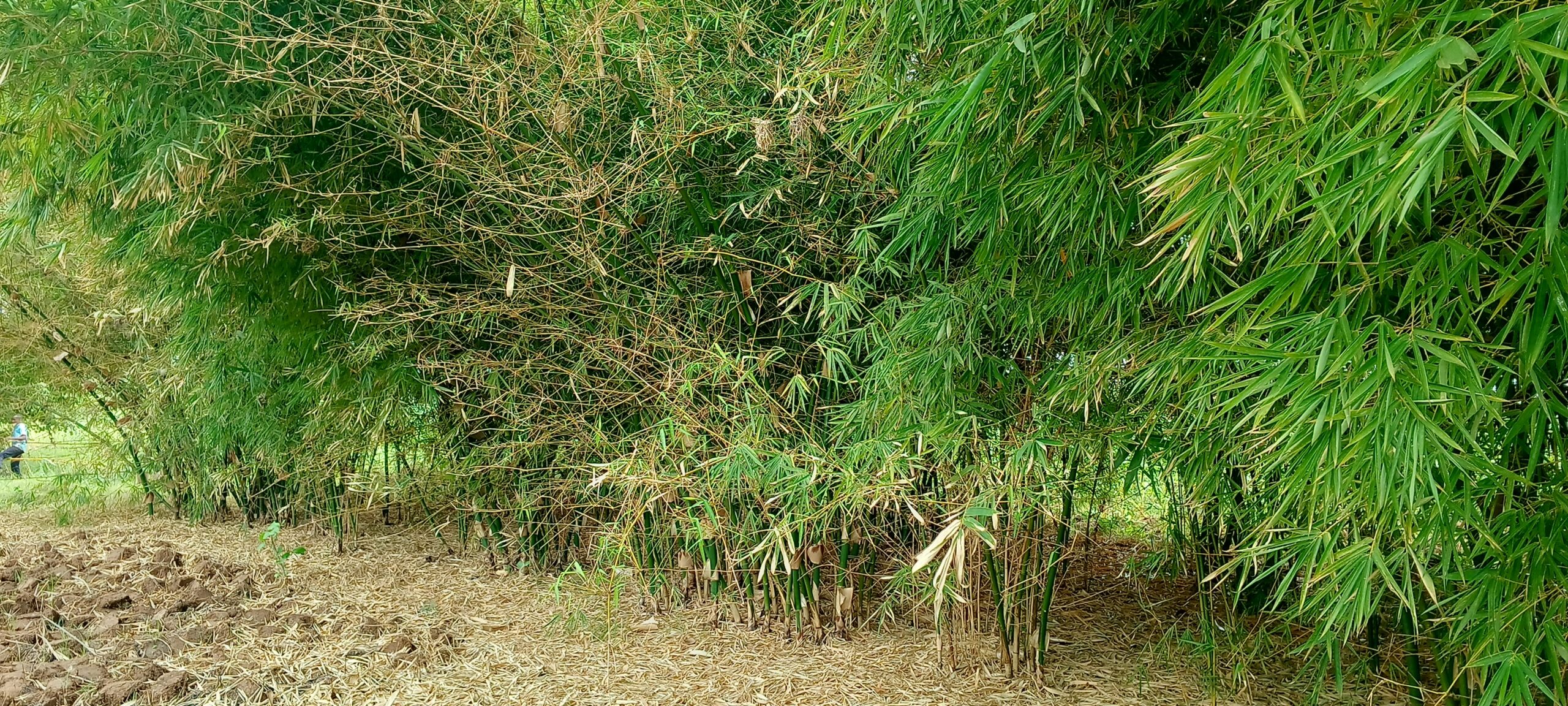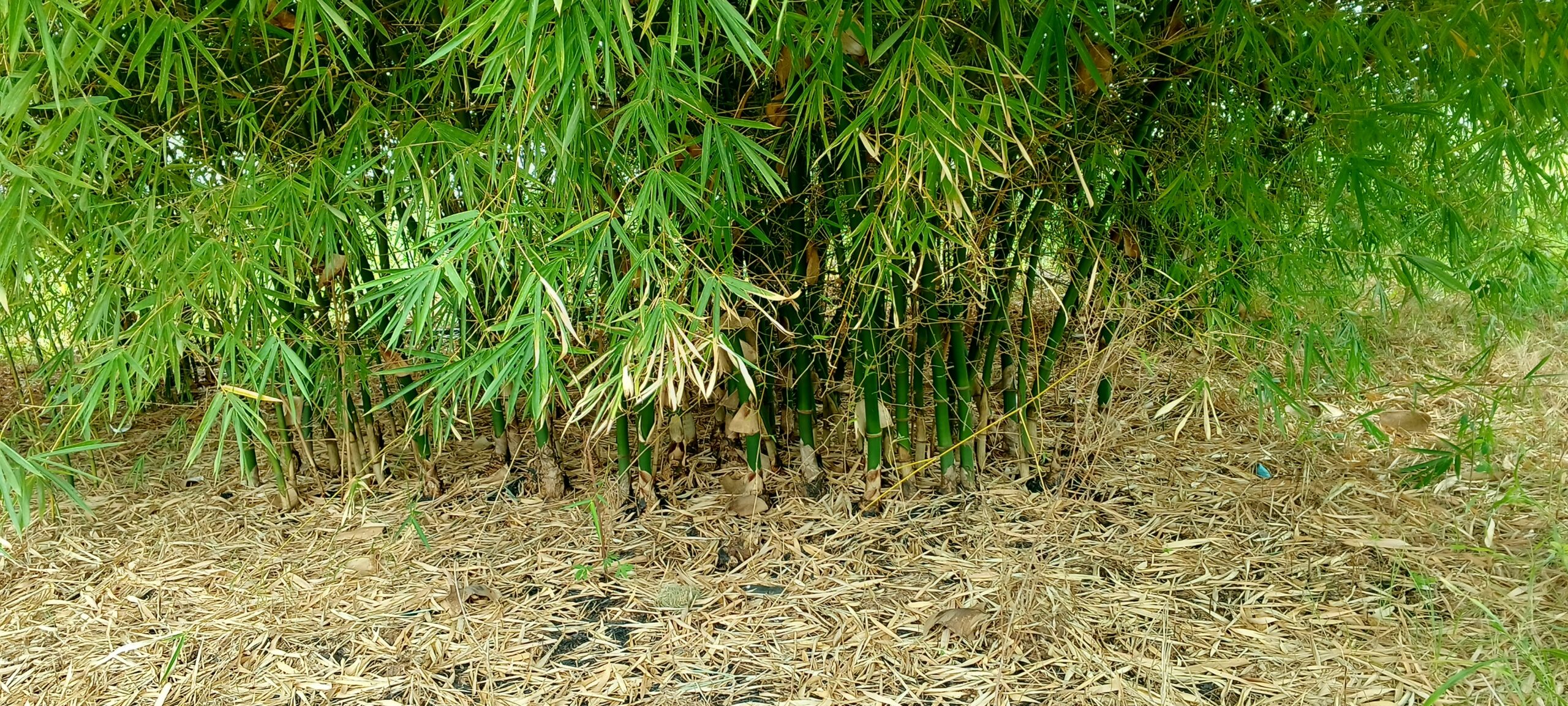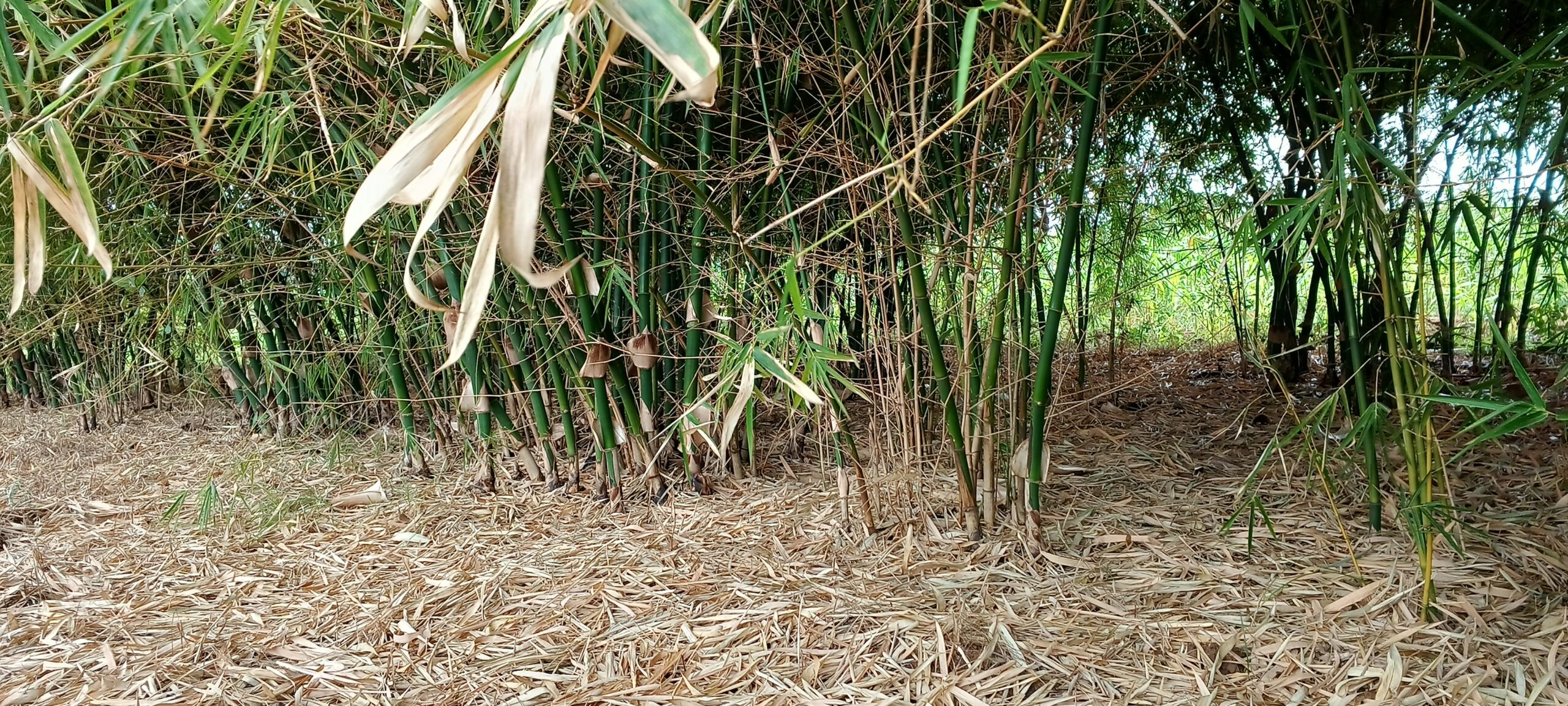Bamboo and rattan are fast-growing, renewable resources that have numerous benefits over traditional wood-based materials. They have unique potential to combat poverty and natural resource challenges and can be harnessed to achieve ambitious development, climate, and environmental aims.
This blog post will discuss the benefits of bamboo and rattan for sustainable development. Bamboo and rattan are environmentally sustainable as they grow much faster than trees and can be harvested in 3-5 years, compared to the decades it takes to grow a tree to maturity. They also absorb more carbon dioxide and produce more oxygen than trees, making them more environmentally friendly.
Bamboo and rattan have a wide range of uses, from building construction to furniture making to paper production. They are also used in the manufacture of handicrafts, textiles, and even as a food source. Bamboo and rattan are incredibly strong and durable, making them suitable for a wide range of applications. They have a high tensile strength and are resistant to bending and warping, making them ideal for construction.
Bamboo and rattan require less maintenance than traditional wood-based materials. They do not require pesticides or fertilizers and can be grown without irrigation. They are also cost-effective alternatives to traditional wood-based materials and are often cheaper than wood.
Overall, bamboo and rattan are sustainable, versatile, strong, low-maintenance, and cost-effective materials that offer numerous benefits over traditional wood-based materials. This blog post will discuss these benefits in detail and highlight the potential impact of bamboo and rattan on sustainable development.





